In the diverse world of reptiles, certain species have evolved remarkable combinations of speed, power, and lethal abilities that make them particularly formidable predators. From lightning-fast strikes to devastating venom delivery systems, these cold-blooded hunters represent nature’s perfect balance of efficiency and deadliness.
This ranking explores the most impressive reptilian predators, considering not just their venomous potency, but also their striking speed, muscular strength, hunting prowess, and overall lethal capability. While some may be familiar faces in the reptile world, others might surprise you with their unexpected deadly attributes that have been refined through millions of years of evolution.
The King Cobra: Speed Meets Deadly Venom
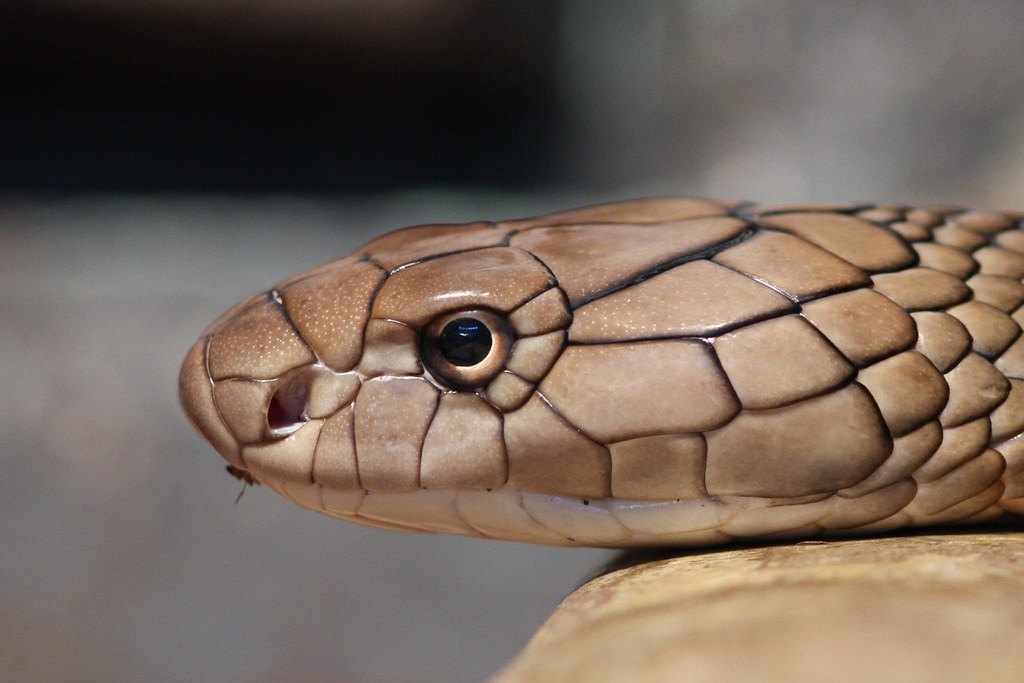
The King Cobra (Ophiophagus hannah) earns its top spot through a terrifying combination of attributes that few other reptiles can match. Capable of reaching speeds of 12 mph in short bursts and delivering lightning-fast strikes, this serpent can inject enough neurotoxic venom in a single bite to kill 20 adult humans.
What makes the King Cobra particularly formidable is its intelligence and awareness – it can track prey through scent and vibration with remarkable precision while maintaining its deadly accuracy. Standing at an intimidating height of nearly six feet when threatened, this snake can deliver repeated strikes with surgical precision, targeting vital areas with an almost calculated approach that few other reptiles demonstrate.
The Black Mamba: Nature’s Speed Demon
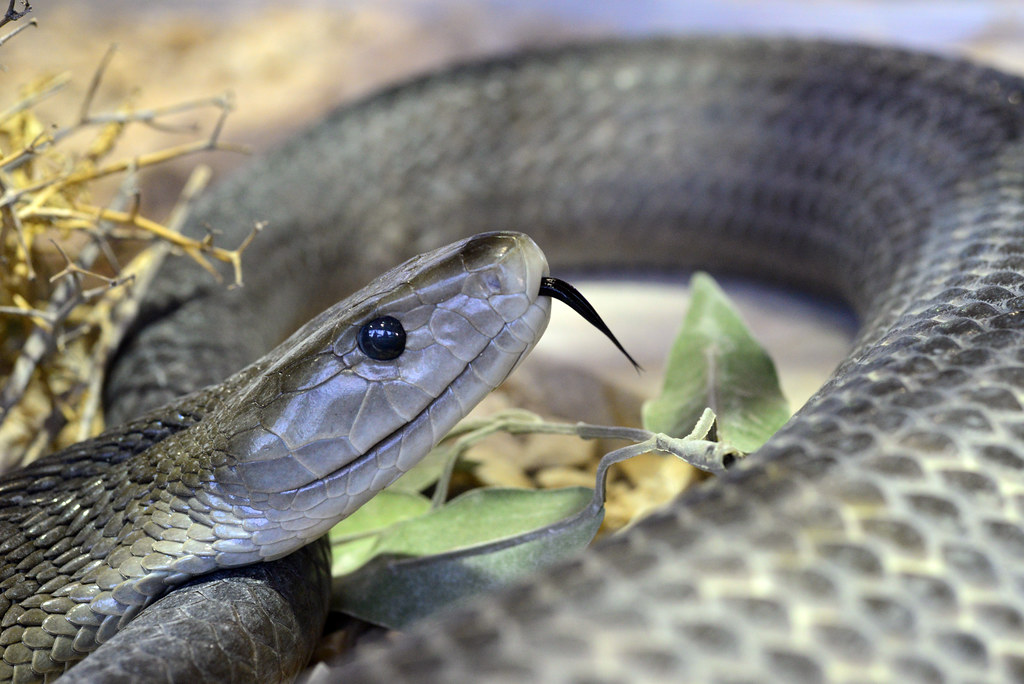
The Black Mamba (Dendroaspis polylepis) holds the title for the fastest land snake in the world, capable of reaching speeds up to 12.5 mph, making it virtually impossible to outrun in short distances. Its strike speed is even more impressive, measured at 175 mph, allowing it to deliver multiple bites in mere seconds before a victim can react.
The Black Mamba’s venom is a potent neurotoxin that can kill a human within 20 minutes if left untreated, attacking the nervous system and causing respiratory paralysis. What makes this reptile particularly lethal is its aggressive temperament when cornered – rather than fleeing, it often stands its ground and delivers a series of precision strikes with nearly 100% accuracy.
Saltwater Crocodile: The Ultimate Apex Predator
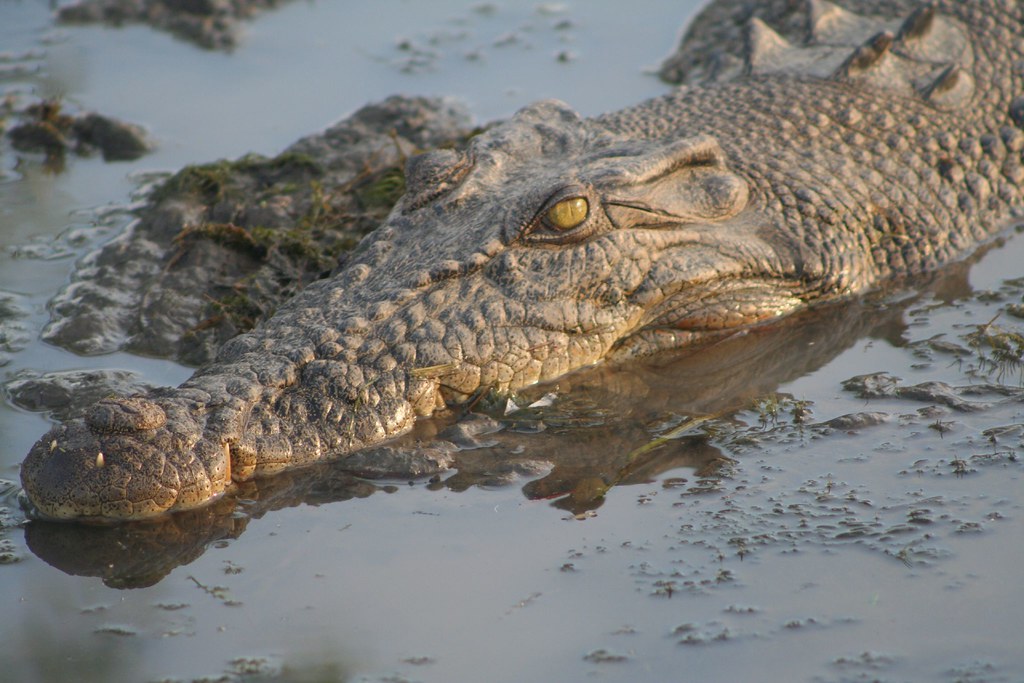
The Saltwater Crocodile (Crocodylus porosus) represents raw power in the reptile world, with the strongest bite force ever measured in a living animal at over 3,700 pounds per square inch – strong enough to crush a bull’s skull with ease. Despite weighing up to 2,200 pounds, these massive predators can launch themselves from water at speeds approaching 20 mph in explosive “death rolls” that few prey animals survive.
Their ambush hunting style is perfected through excellent camouflage and patience, often waiting hours for the perfect moment to strike with lethal efficiency. The saltwater crocodile’s combination of immense strength, surprising speed, and sophisticated predatory instincts has established it as the apex predator across much of its range in Australia, Southeast Asia, and the Indian subcontinent.
Komodo Dragon: The Venomous Giant
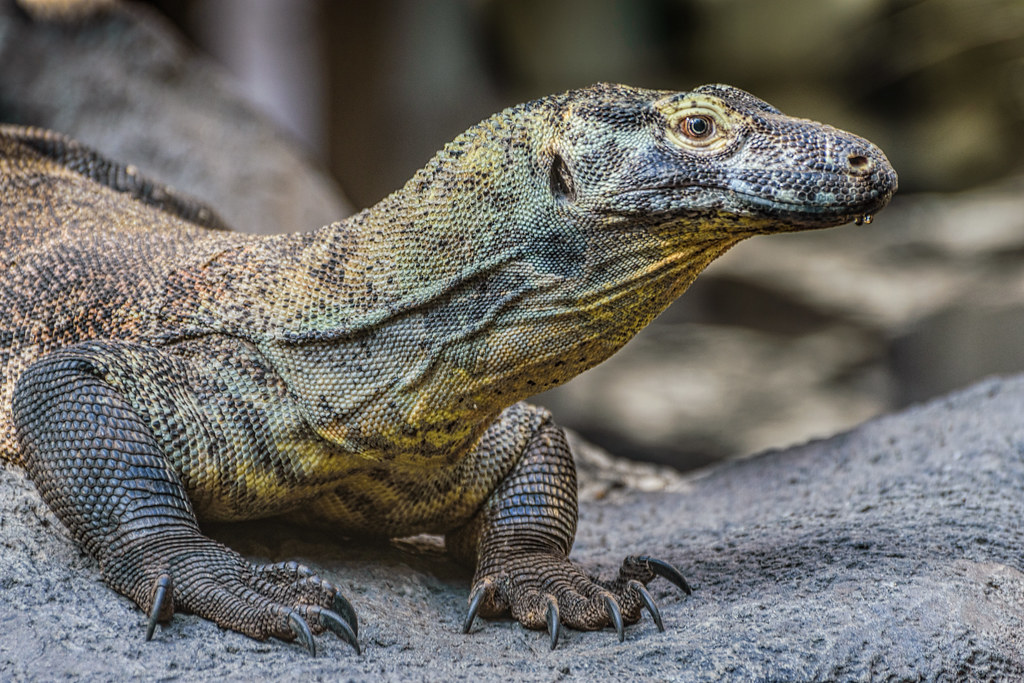
The Komodo Dragon (Varanus komodoensis) combines size, speed, and a recently confirmed venom delivery system that makes it one of the most efficient killing machines in the reptile kingdom. Capable of short bursts of speed up to 13 mph, these 10-foot monitors can outrun most humans while weighing over 300 pounds of pure muscle and predatory instinct. Their hunting strategy involves delivering a venomous bite that contains powerful anticoagulants and shock-inducing proteins, causing rapid blood pressure drops and preventing wound healing in their victims.
What many don’t realize is that Komodo Dragons possess remarkable endurance, often following wounded prey for miles while waiting for their venom to take effect, demonstrating a combination of intelligence and patience that enhances their lethal capabilities.
Inland Taipan: The Most Venomous Land Snake
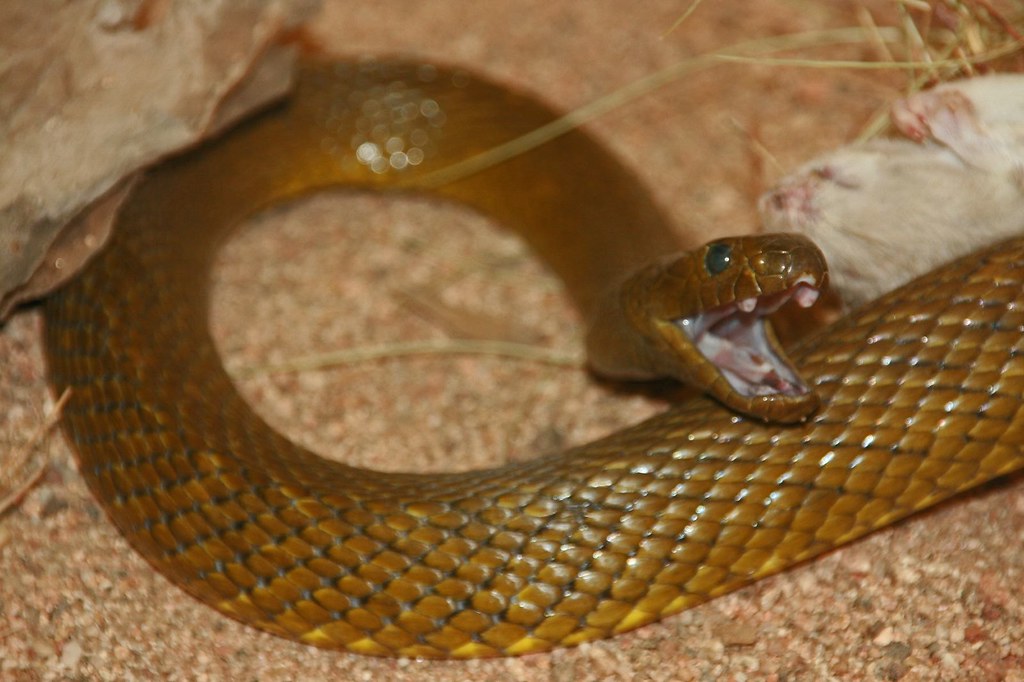
The Inland Taipan (Oxyuranus microlepidotus), often called the “fierce snake,” possesses venom so potent that a single bite contains enough toxins to kill approximately 100 adult humans. Its strike speed approaches that of the Black Mamba, delivering this extraordinarily powerful venom with pinpoint accuracy and at speeds that make defensive reactions nearly impossible. The inland taipan’s venom contains a complex mixture of neurotoxins, hemotoxins, myotoxins, and nephrotoxins that attack multiple body systems simultaneously, making treatment especially challenging even with modern medical intervention.
Despite this lethal potential, the inland taipan is remarkably shy and rarely encountered by humans in its remote Australian habitats, preferring to avoid confrontation when possible – a fact that has likely prevented many human fatalities.
Nile Crocodile: The Silent Assassin
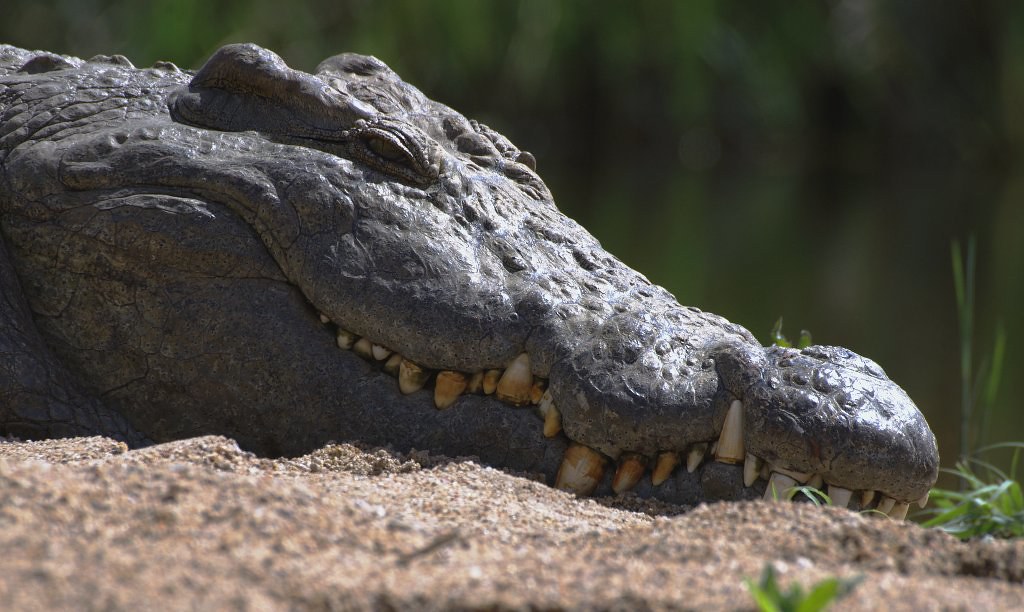
The Nile Crocodile (Crocodylus niloticus) has perfected the art of stealth killing, combining powerful swimming capabilities that allow it to move at 20 mph underwater with nearly silent approaches toward unsuspecting prey. Their bite force exceeds 5,000 pounds per square inch, capable of crushing bones and dragging large mammals, including humans, into water with virtually no chance of escape.
The Nile crocodile demonstrates remarkable cognitive abilities, including coordinated hunting tactics where multiple individuals will work together to herd prey and block escape routes. Perhaps most frightening is their ability to remain motionless for hours, with only their eyes and nostrils visible above water, before exploding into action with a burst of speed that contradicts their massive 1,650-pound bodies.
Eastern Brown Snake: Lightning-Fast Striker
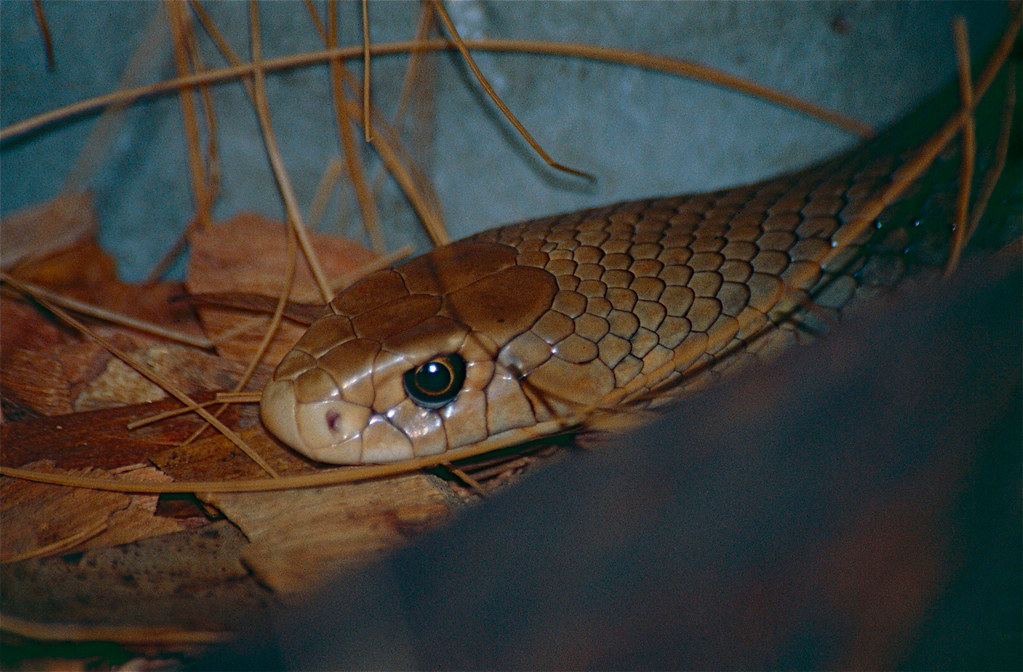
The Eastern Brown Snake (Pseudonaja textilis) combines exceptional speed with a highly toxic venom that makes it responsible for more snakebite deaths in Australia than any other species. Their strike speed has been measured at 1/7th of a second – so fast that human reaction time cannot keep pace, allowing them to deliver multiple bites in rapid succession before a victim can even process the first strike.
The venom of the Eastern Brown Snake is primarily a blood coagulant that can cause cardiac arrest within minutes, with as little as 1/14,000 of an ounce being sufficient to kill an adult human. Despite their deadly capabilities, these snakes possess remarkable agility, capable of changing direction mid-strike and controlling the amount of venom injected based on the perceived threat level – a sophisticated venom delivery system that few other reptiles can match.
Russell’s Viper: The Silent Killer

Russell’s Viper (Daboia russelii) combines deadly precision with an unusually complex venom that makes it responsible for more human deaths in its native range than any other snake species. Their strike speed exceeds human reaction time, allowing them to deliver their hemotoxic venom with remarkable accuracy, often targeting the lower extremities with thermal-sensing pit organs that work even in complete darkness.
The venom of Russell’s Viper causes catastrophic damage to multiple body systems simultaneously – destroying blood cells, causing internal hemorrhaging, kidney failure, and often leading to the need for limb amputation even in survivors. What makes this snake particularly dangerous is its tendency to remain motionless when threatened rather than fleeing, increasing the likelihood of human encounters in agricultural areas across South and Southeast Asia.
Alligator Snapping Turtle: The Ambush Specialist
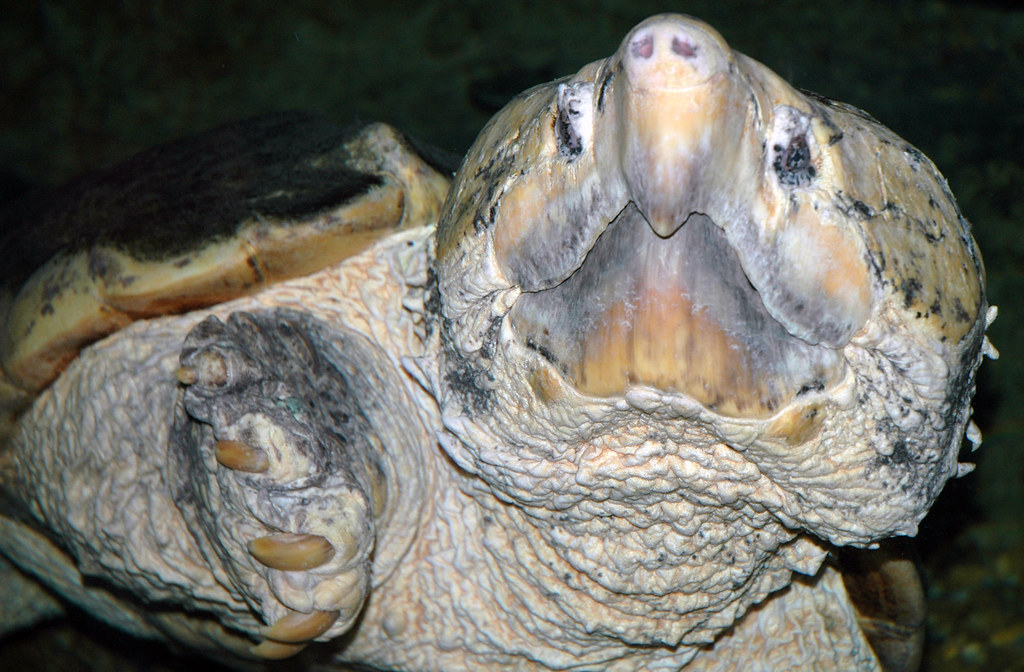
The Alligator Snapping Turtle (Macrochelys temminckii) may seem like an unlikely entry on this list, but its specialized predatory adaptations make it one of the most efficient killers in the reptile world. With a bite force measured at over 1,000 pounds of pressure, their powerful jaws can sever fingers, crush bones, and even break through turtle shells with ease. Their most ingenious adaptation is a worm-like appendage on their tongue that they wiggle to lure fish directly into their mouths before their lightning-
fast bite closes like a steel trap – a strike that occurs in less than 1/50th of a second, faster than many venomous snakes. Despite their bulky appearance, weighing up to 200 pounds, these prehistoric-looking reptiles can move with surprising bursts of speed when capturing prey or defending themselves, complementing their remarkable patience as ambush predators who may remain motionless for days waiting for the perfect opportunity.
Gila Monster: North America’s Venomous Lizard
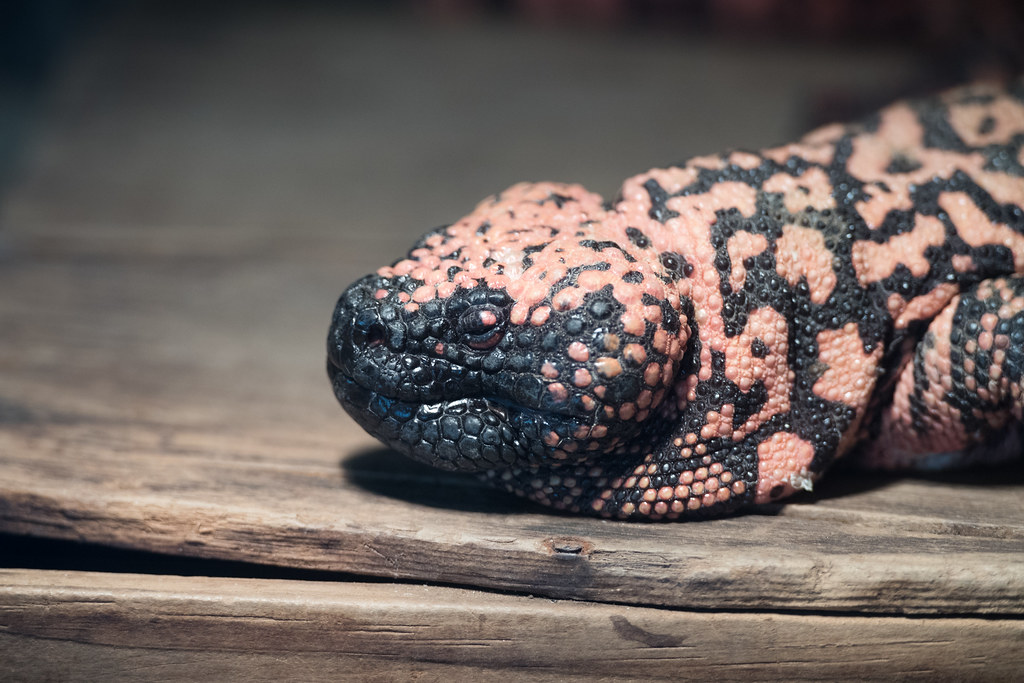
The Gila Monster (Heloderma suspectum) rounds out our list as one of only two venomous lizard species in the world, combining a relatively slow-moving body with a surprisingly powerful bite and persistent venom delivery system. Unlike snakes that strike and release, the Gila Monster clamps down with serrated teeth and chews to work its neurotoxic venom deep into wounds through specialized grooves in its teeth, a process that can last several minutes and cause excruciating pain.
Their venom contains compounds that affect heart rhythm, blood pressure, and cause profound weakness, making escape difficult once bitten. What makes the Gila Monster particularly unique is its energy efficiency – storing fat in its distinctive tail allows it to survive on as few as three or four meals per year while maintaining the strength needed to deliver its powerful, lock-jawed bite that few animals can break free from once ensnared.
The Evolution of Lethal Adaptations
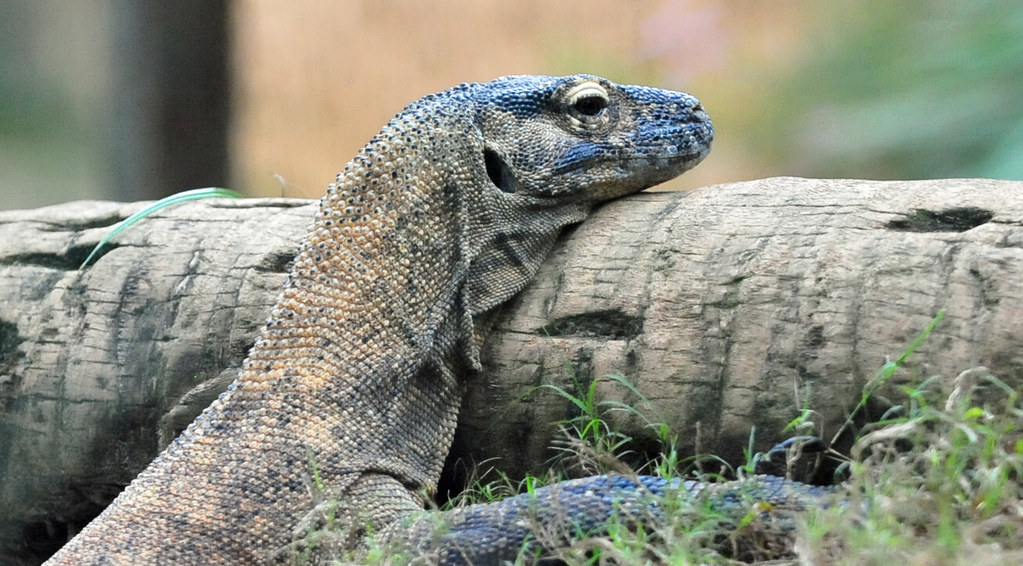
The lethal capabilities of these reptiles represent millions of years of evolutionary refinement, with each species developing specialized adaptations suited to their ecological niche and hunting requirements. Venom delivery systems have evolved independently in multiple reptile lineages, from the sophisticated hollow fangs of vipers to the venom glands and grooved teeth of the Komodo Dragon. Speed adaptations range from the muscular tails of crocodilians that provide explosive acceleration to the specialized vertebrae of mambas that allow for rapid ground movement and precision strikes.
What’s particularly fascinating is how these lethal adaptations often work in conjunction with behavioral strategies, creating integrated hunting systems that maximize each species’ deadly potential while minimizing energy expenditure – a hallmark of evolutionary efficiency that has allowed these reptiles to remain apex predators for millions of years.
Conservation and Human Interaction
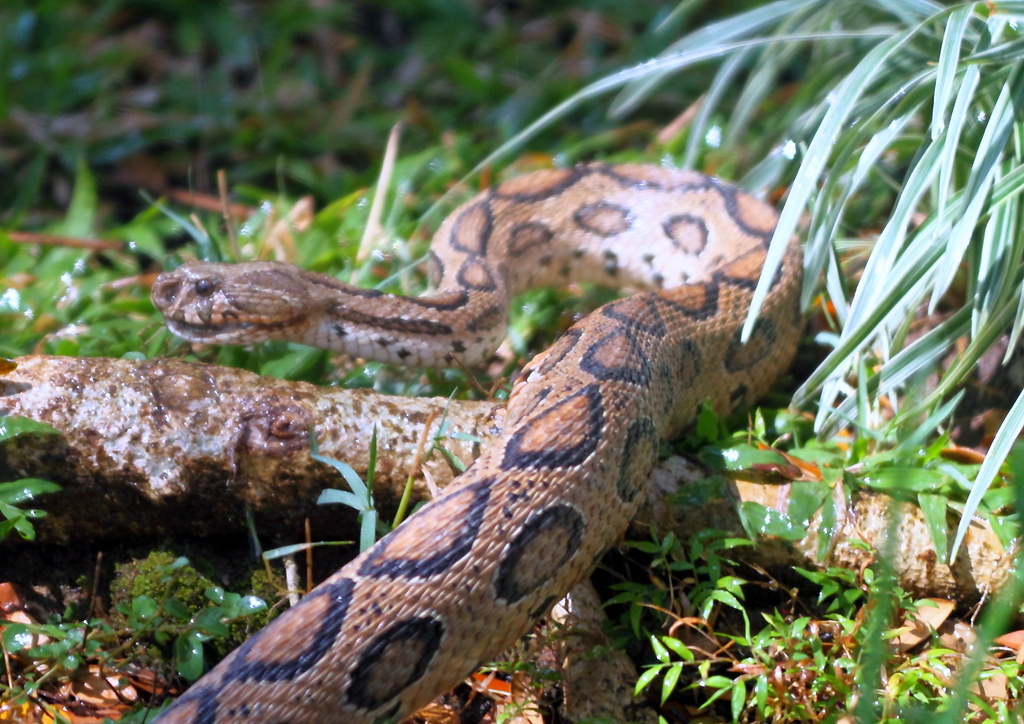
Despite their fearsome reputations, many of these lethal reptiles face significant conservation challenges due to habitat loss, poaching, and human persecution based on fear rather than understanding. The King Cobra population has declined by over 30% in recent decades, while Komodo Dragons exist on just a handful of Indonesian islands with total populations under 6,000 individuals. Understanding these animals’ ecological roles is crucial, as they often serve as keystone species and indicators of ecosystem health.
Human-reptile conflict can be mitigated through education, proper wilderness protocols, and conservation initiatives that protect critical habitats while respecting local communities who share spaces with these powerful predators. The preservation of these magnificent, albeit dangerous, reptiles represents not just conservation of biodiversity but the protection of evolutionary marvels that have perfected their lethal adaptations over timescales that dwarf human existence.
While these reptiles represent nature’s most impressive combinations of speed, power, and lethal capability, they rarely pose a significant threat to humans when given proper space and respect. Their specialized adaptations serve critical ecological functions, from population control of prey species to maintenance of healthy genetic pools through selective predation.
Understanding these remarkable predators not just for their deadly capabilities but for their evolutionary significance helps foster conservation awareness and appreciation for the complex natural systems they help maintain. Whether striking with lightning speed, crushing with immense power, or delivering sophisticated venoms, these top reptilian predators remind us of nature’s ingenuity and the countless adaptations that continue to evolve in our planet’s diverse ecosystems.

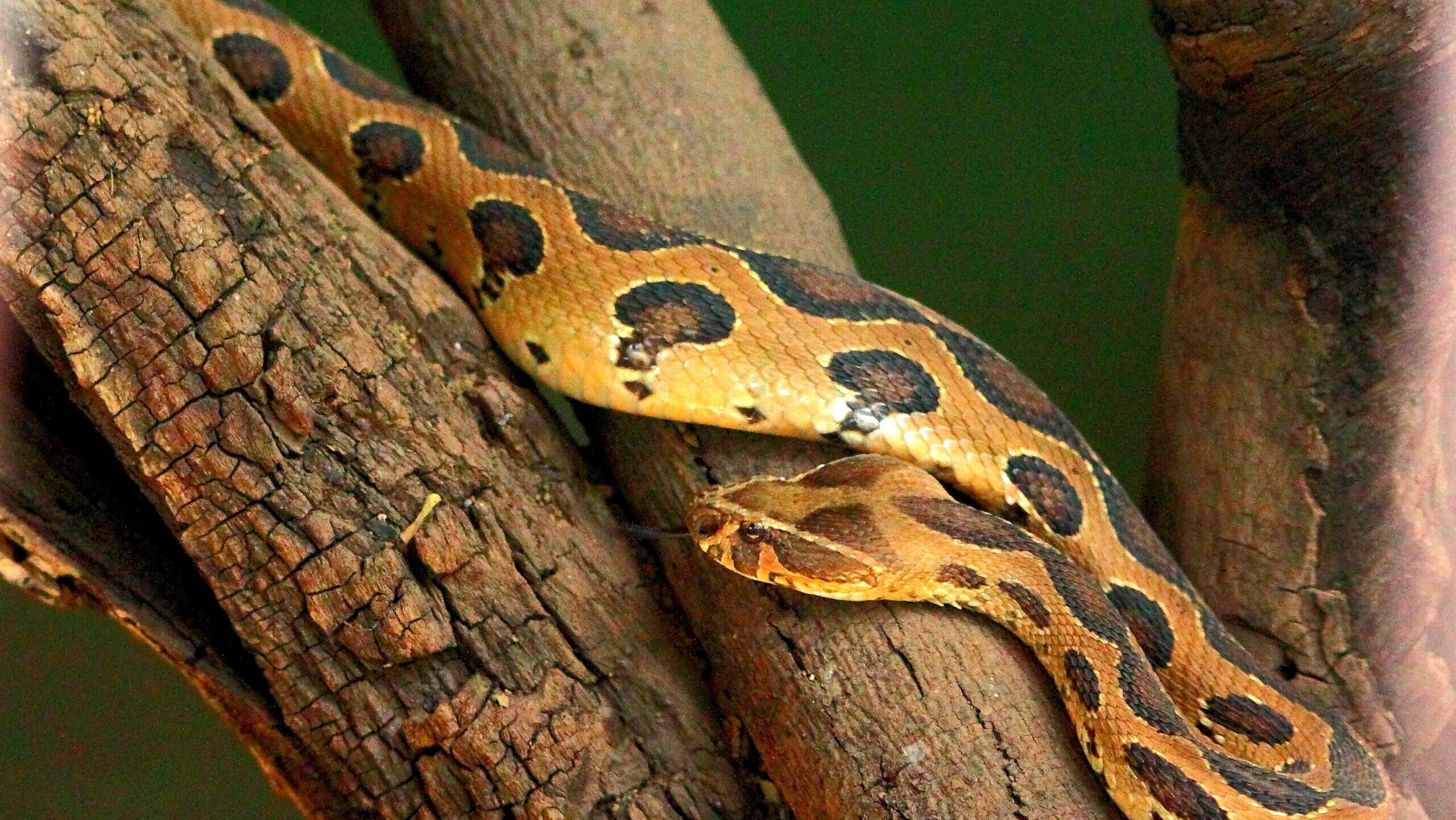
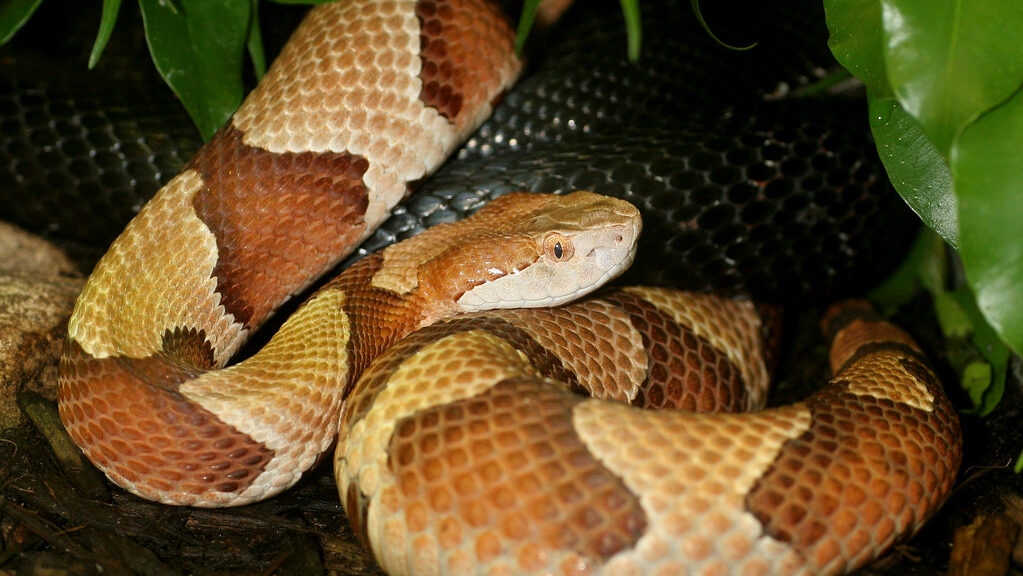
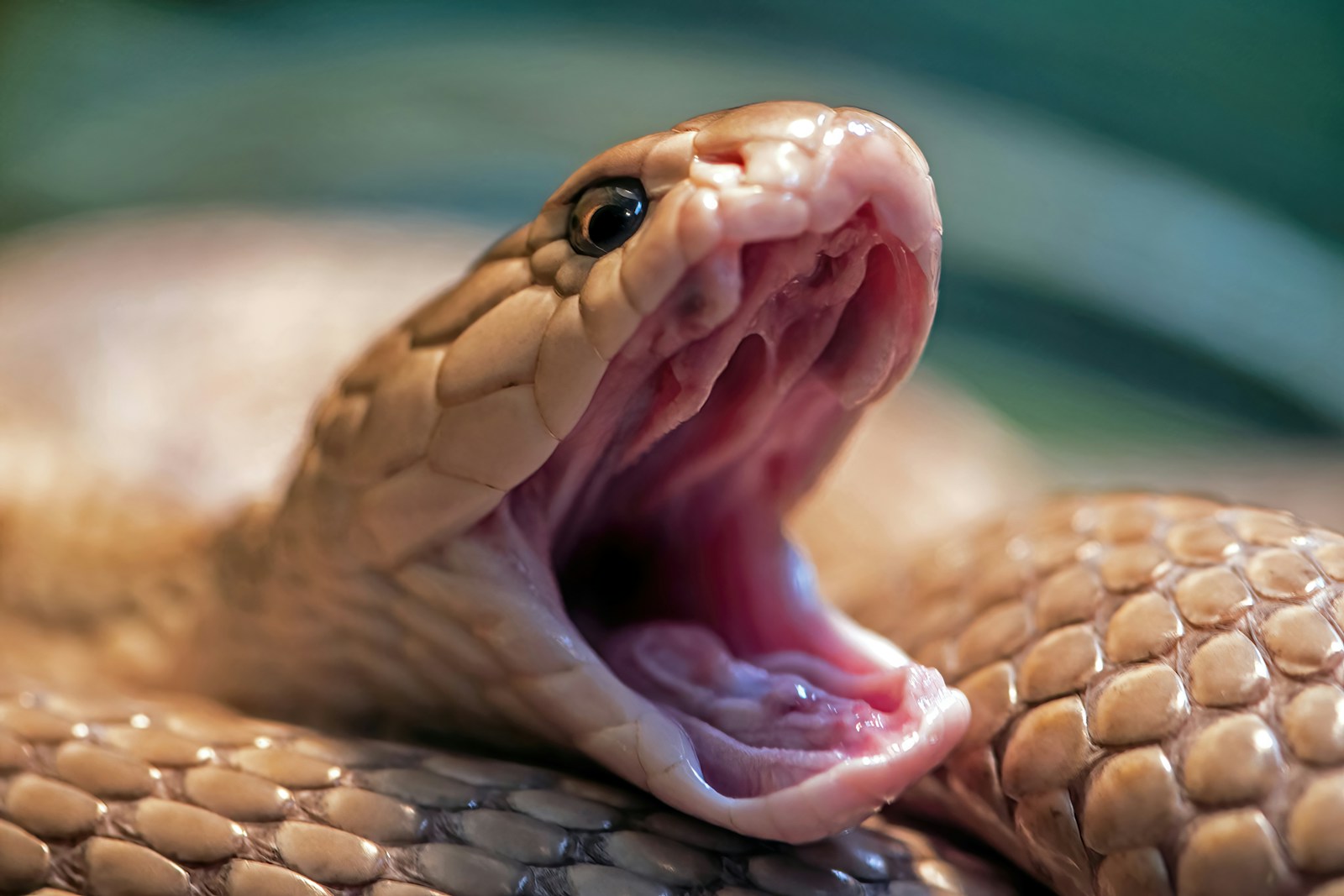
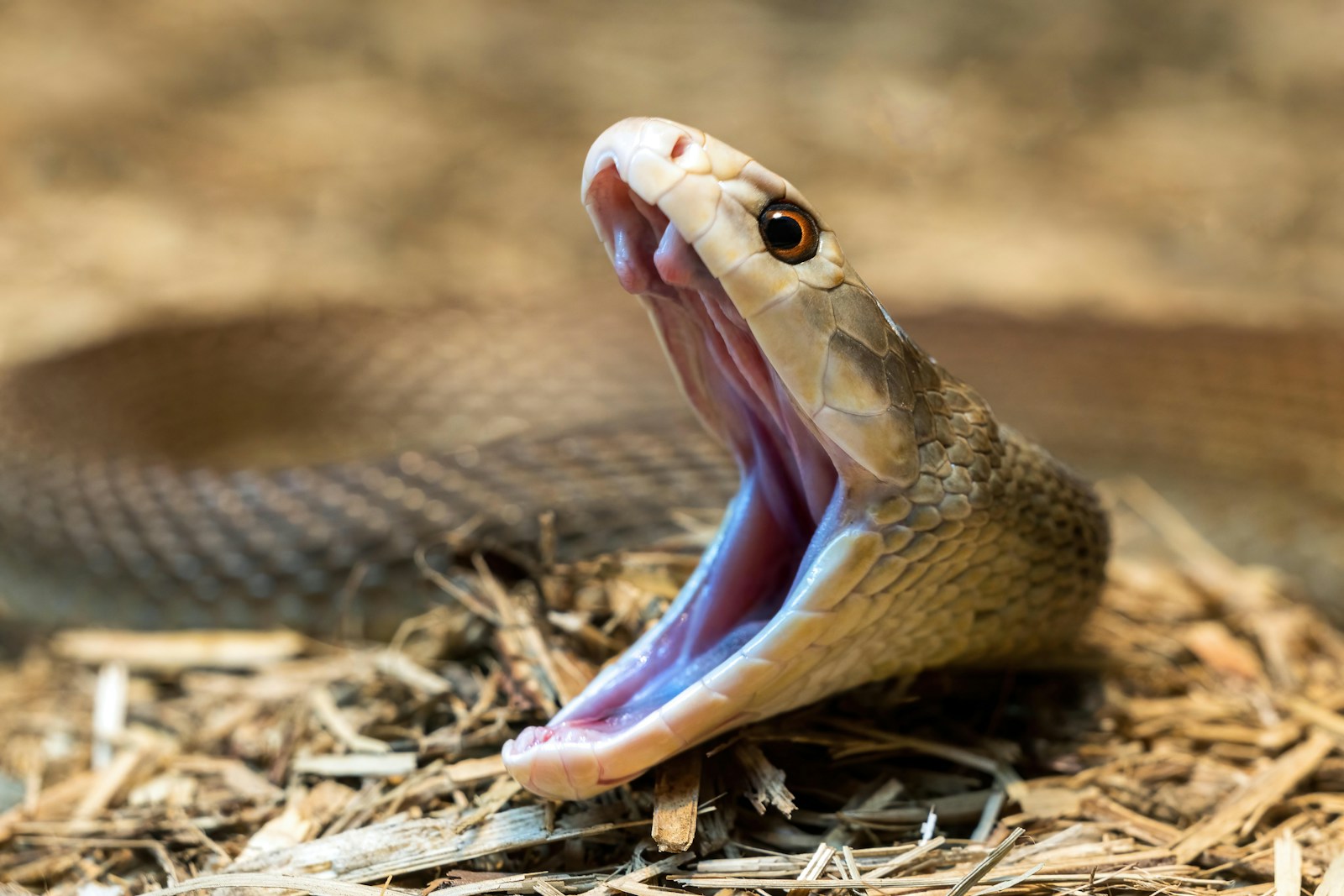
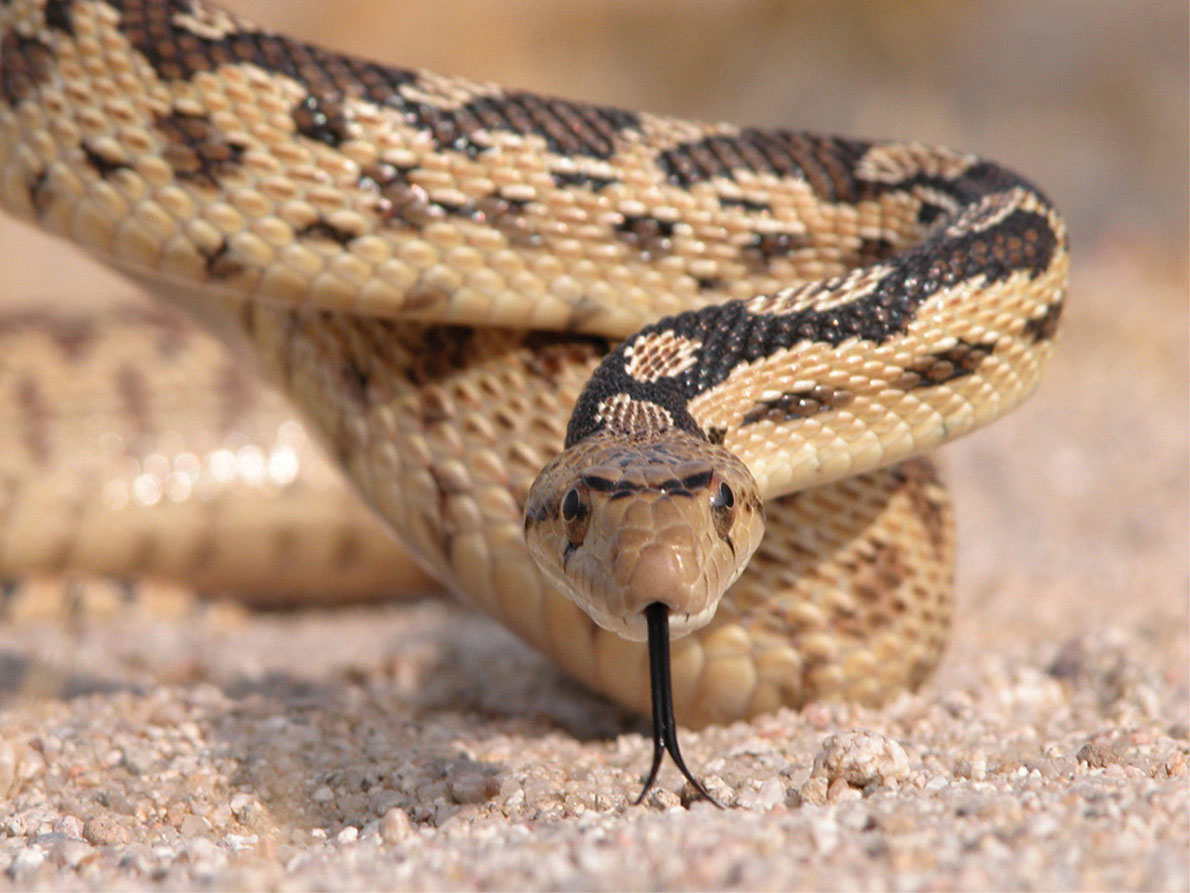
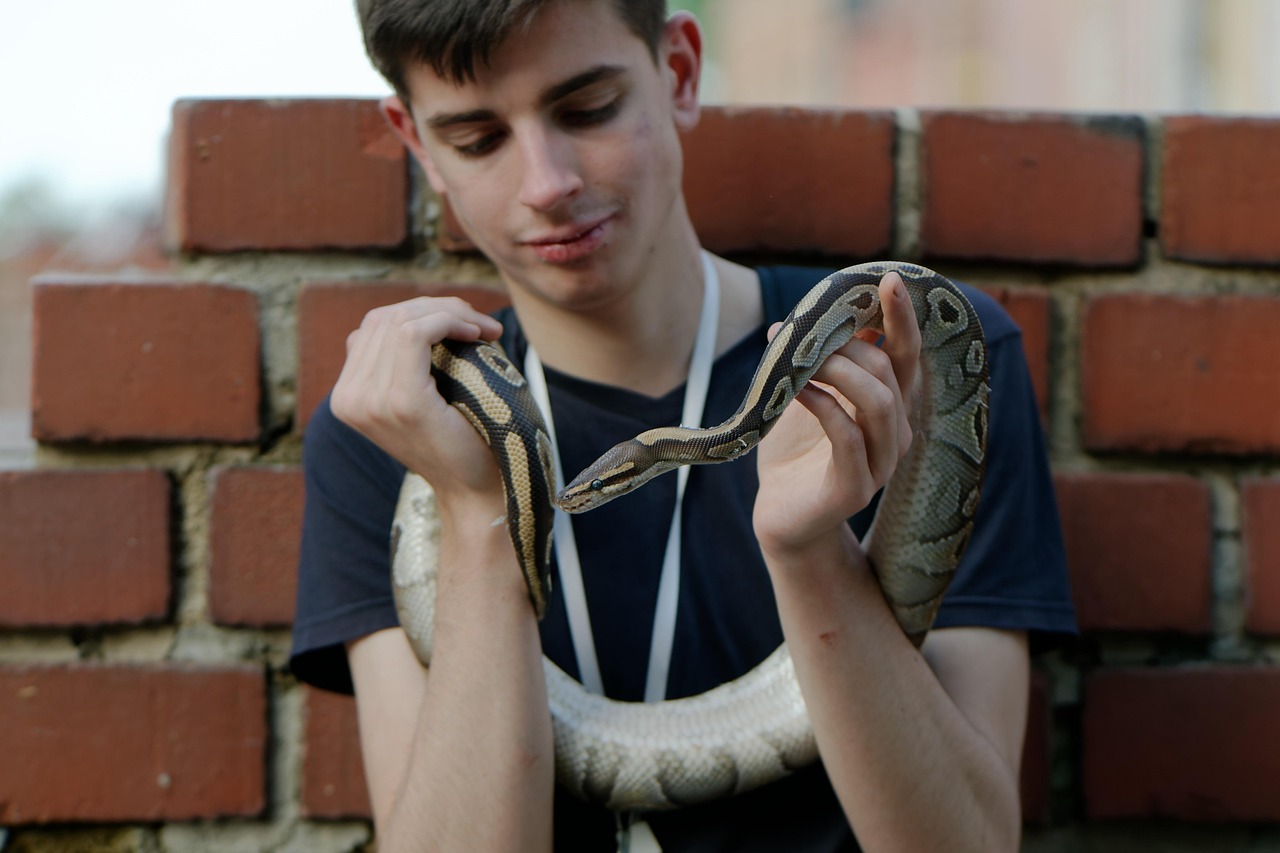
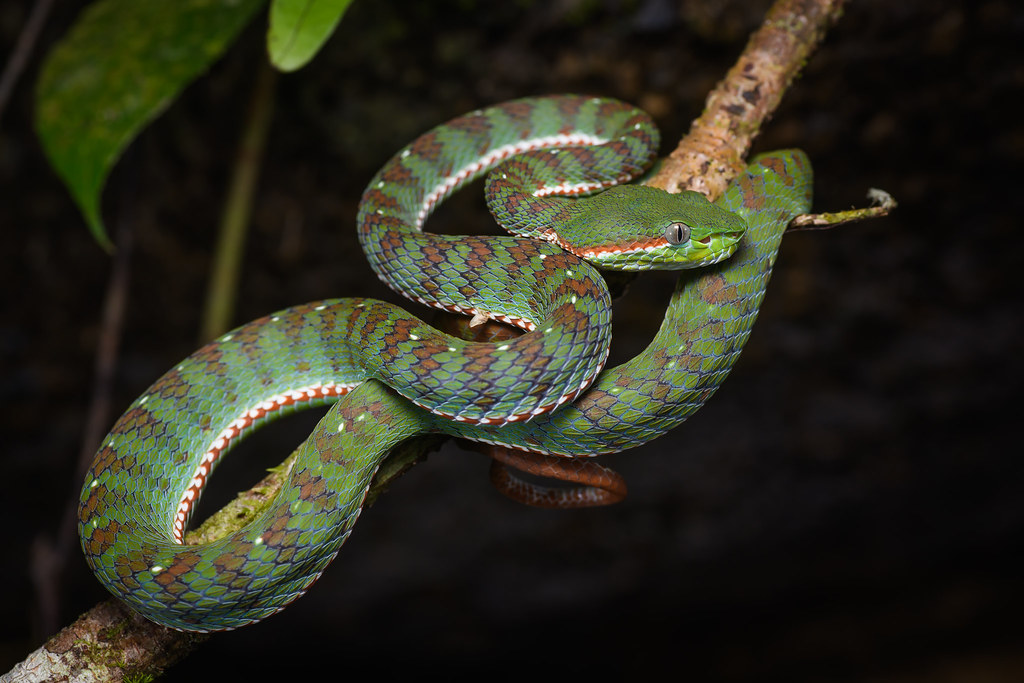
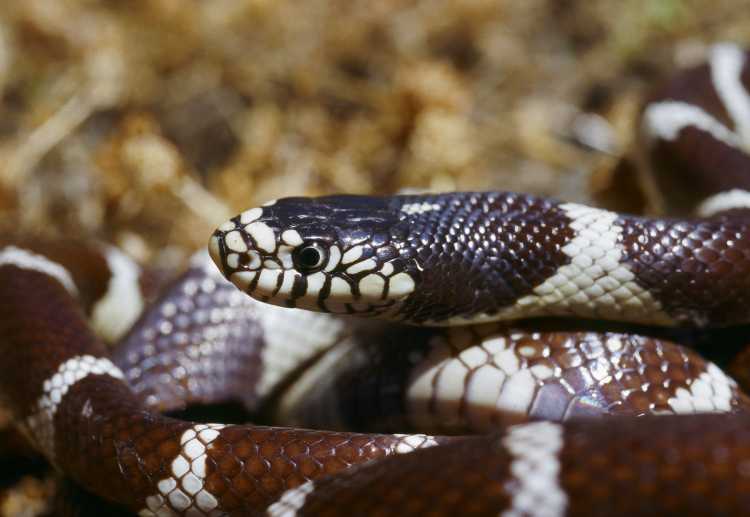
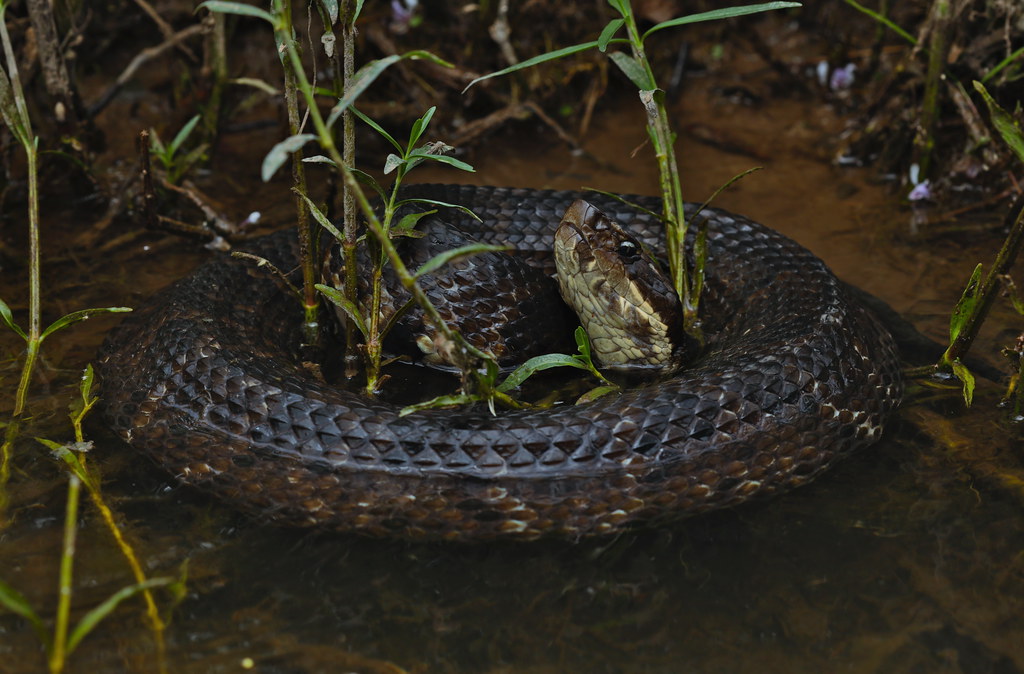
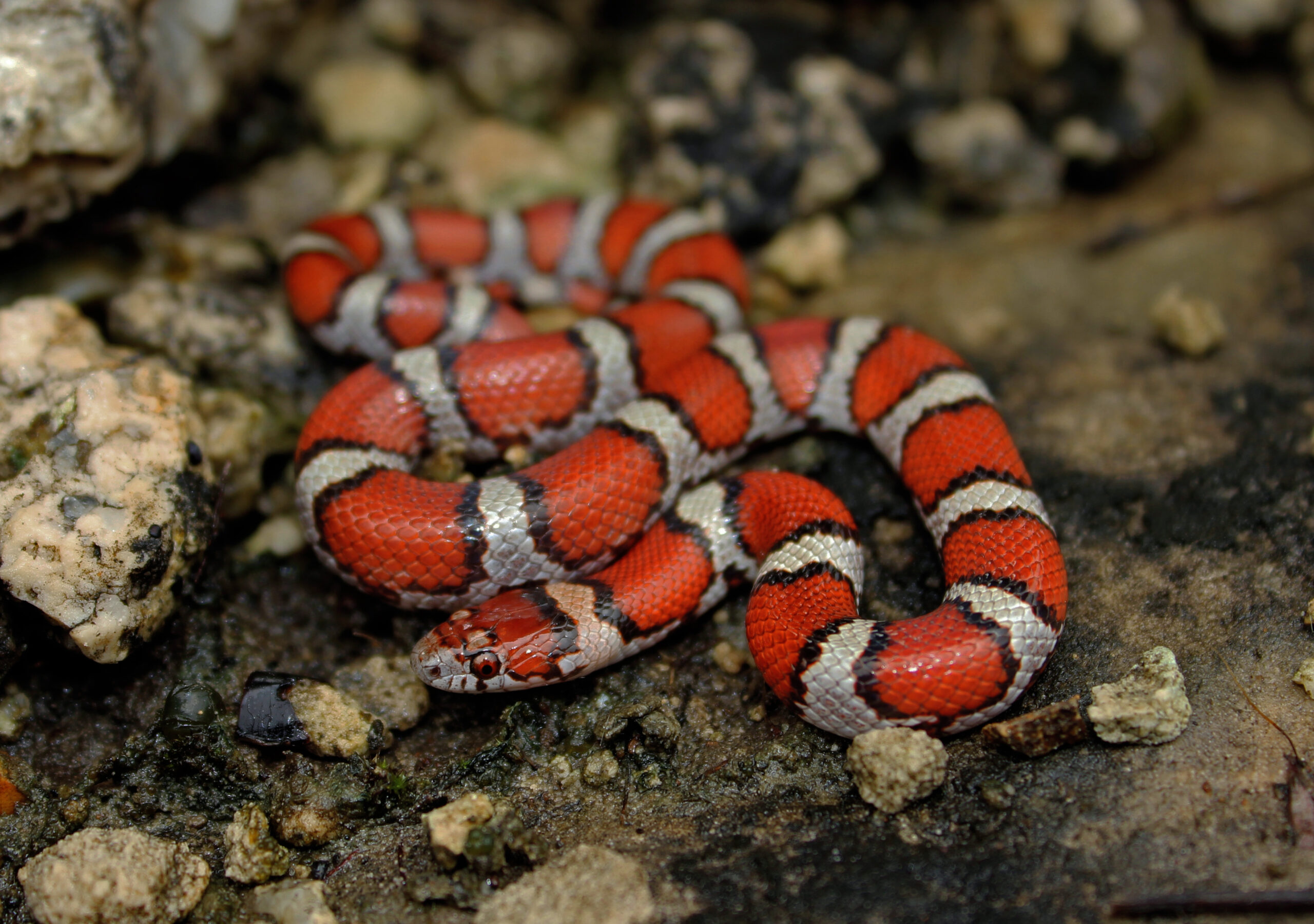
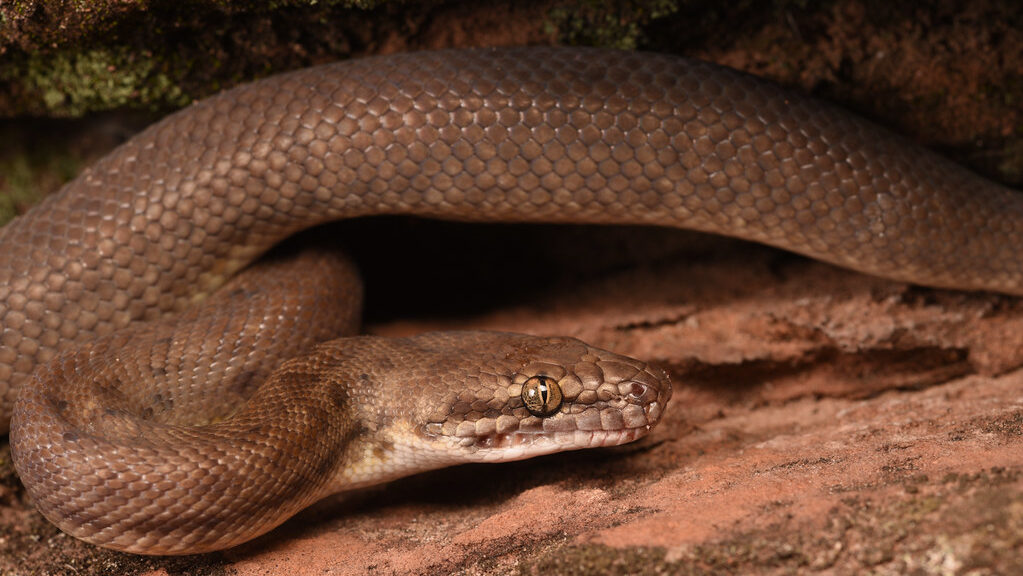




Leave a Reply